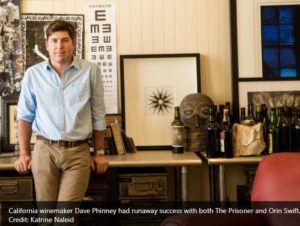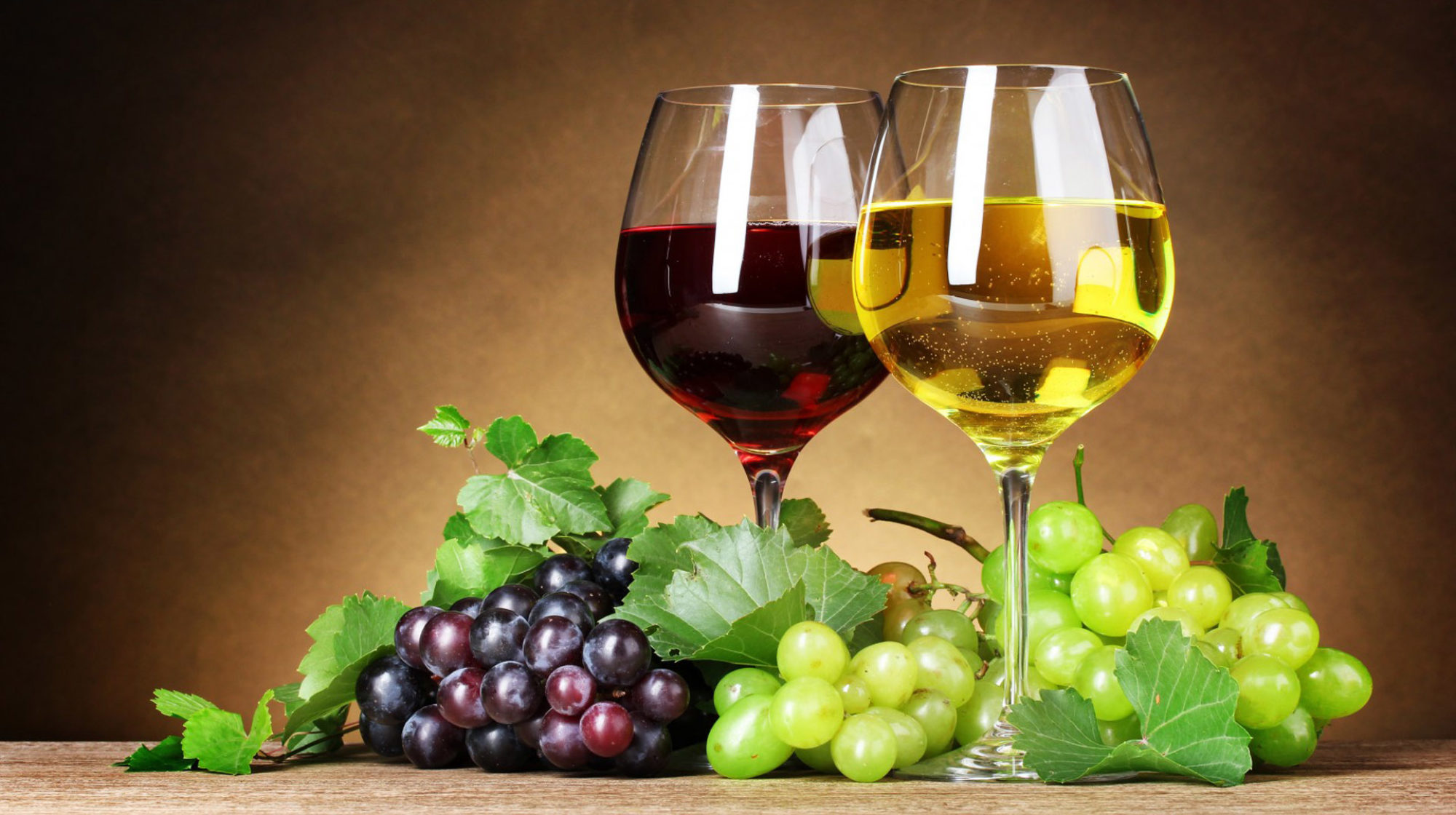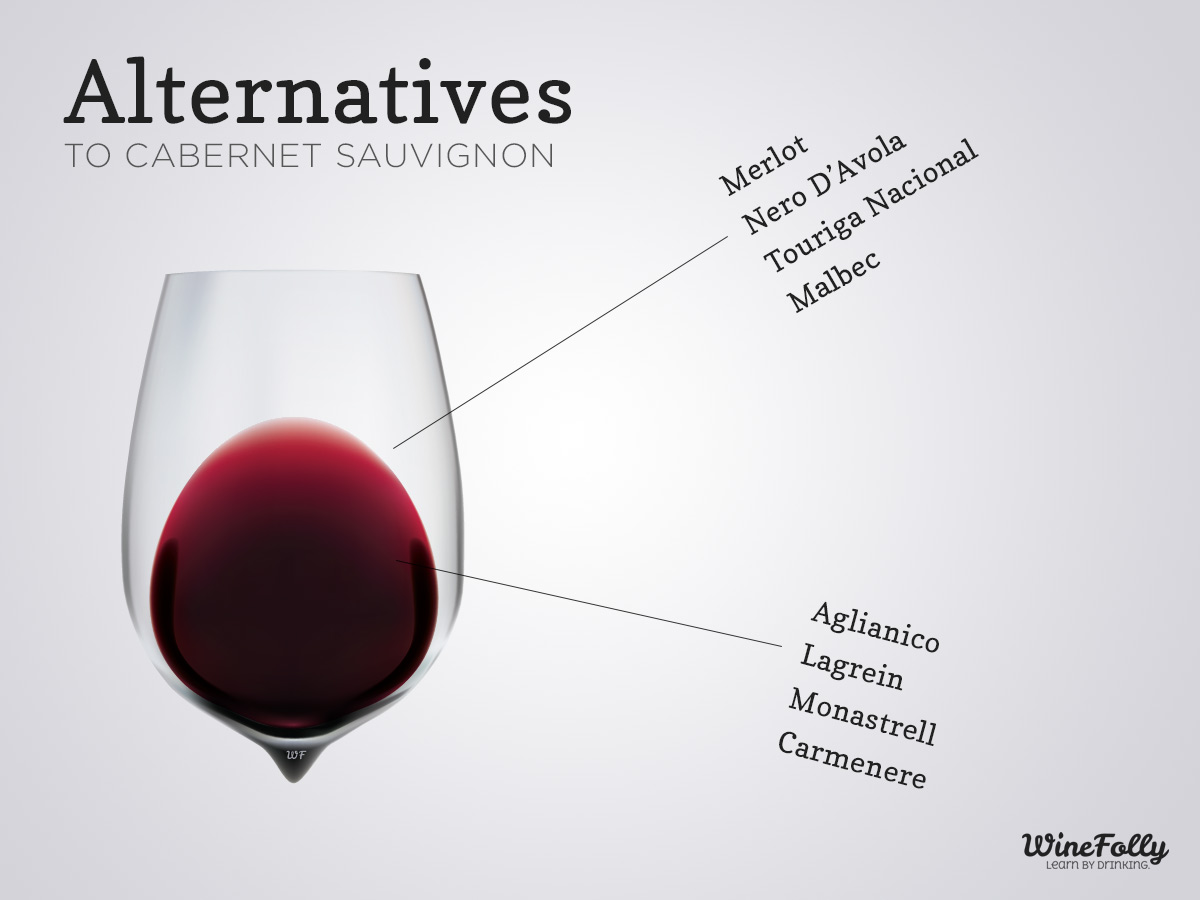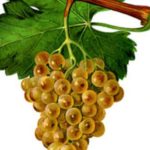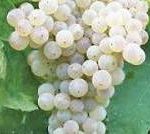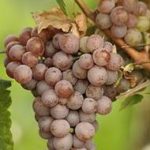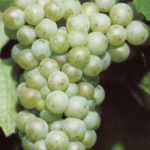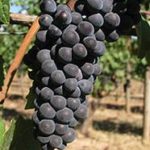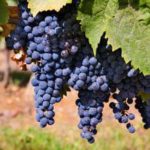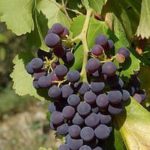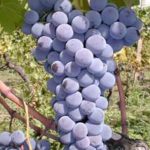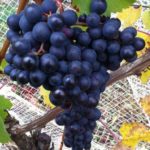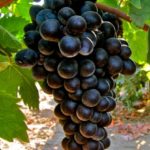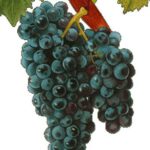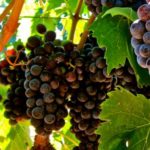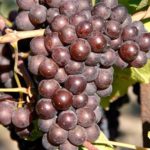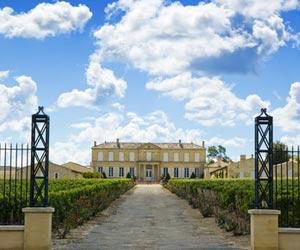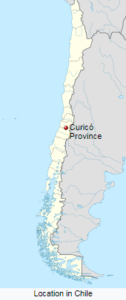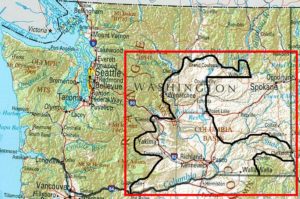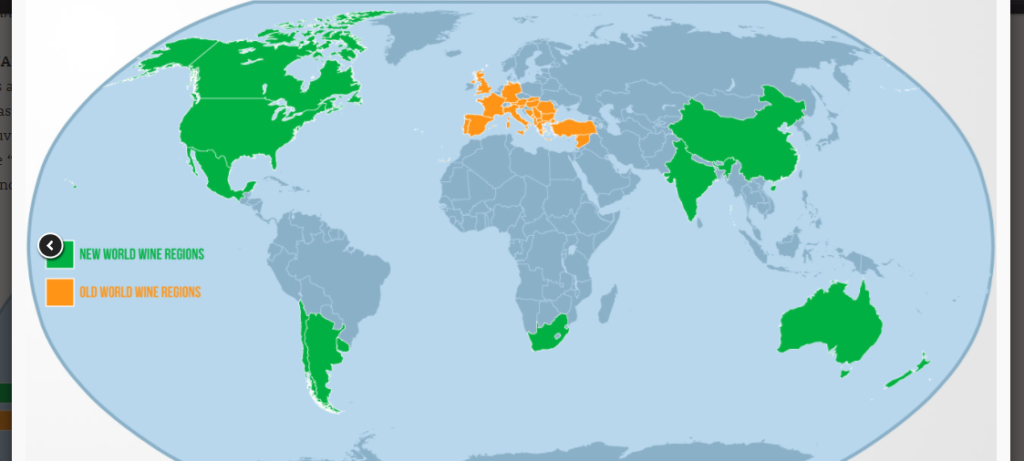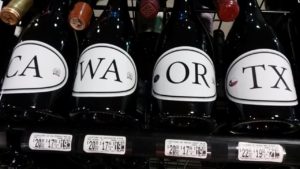
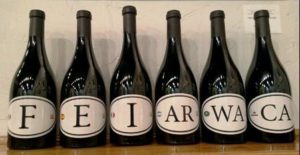
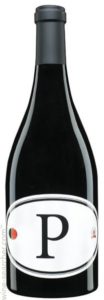
Dave Phinney may become the new winemaker of the year. You can be pretty sure if you choose any one of the bottles in the pictures above, that you will be getting a great bottle of wine.
First off, I will tell you about “Locations Wines” by Dave Phinney and then supplement with an article on this amazing young winemaker. His concept for his “Locations wines” is to make the best possible wine from a given location or country. His mission is to seek out the best vineyard(s) to accomplish this. Unconventionally, he would remove wine restrictions and seek Read about how he first got started below. I have inserted some excerpts here too.
http://top100.winespectator.com/article/making-it-look-easy
“I wish I could tell you that only a select few of us can make wine,” says Dave Phinney. “But the process of converting sugar to alcohol isn’t really that tough.”
He’s being modest, of course, but Phinney does make winemaking seem almost effortless. His first wine, The Prisoner, debuted with the 2000 vintage and rocketed to success. A blend of Zinfandel, Cabernet Sauvignon, Petite Sirah and small percentages of Syrah and Charbono, wasn’t meticulously planned—as a fledgling winemaker, Phinney used what grapes were available to him. He made 385 cases the first year, labeling it with a Francisco Goya etching his parents had given him and selling it for $25 a bottle. The brand hit shelves just as Zinfandel was experiencing a resurgence in popularity. The Prisoner received consistently high scores, and within 10 years its case production grew to 85,000.
THE PHINNEY LINEUP
Dave Phinney produces wines under the California-based Orin Swift label (Abstract, Mannequin, Mercury Head, Papillon, Palermo and Veladora) and is a partner in a host of other winemaking projects abroad.
Abstract and Machete
The quintessential Phinney projects, blending different grapes (Grenache, Syrah and Petite Sirah) from regions all over California (Napa, Sonoma and Mendocino). The Abstract label shows a collage designed by Phinney, piecing together images the winemaker collected for years—from pictures of Hemingway to photos of old punk rock bands—embossed in black. Machete features 12 different art labels.
Department 66
From Phinney’s old-vine Grenache vineyards in Maury, France. The wine’s name refers to the French department number for the region. Though one of the simplest of his labels, Phinney says it was the most difficult to design. “I had so much respect for Maury. I wanted that to show,” he says. The “D” on the label is copied from an honorary degree his father received in France.
Locations
A value-oriented lineup of blends from Spain, France and Italy—so far, with more to come. The labels are made up of the international license plate country code to indicate where the wine hails from.
Mannequin
Phinney heard the word “mannequin” in the lyrics of a Nicki Minaj song, and instantly had a vision for a label. Well-known portrait photographer Greg Gorman spent a day with Phinney shooting dozens of pictures of mannequin limbs before snapping an image of the discarded torsos in the corner of his studio. A blend of Chardonnay, Viognier, Sémillon, Muscat and Marsanne.
Mercury Head
Phinney found a Liberty Dime in a handful of change, which reminded him of how much he enjoyed collecting coins as a child. The Liberty Dime—nicknamed Mercury Head—was always his favorite. Of the three Cabernets he makes, this is the most expensive, and represents his best Cabernet Sauvignon lots in Napa Valley. 2010 and 2011 were tricky vintages, and Phinney didn’t bottle the wine in those years.
Papillon
French for “butterfly,” Phinney first heard the term when his daughter saw a butterfly and said the word out loud. A Cabernet-based blend, the grapes come from Howell Mountain, Rutherford, Oakville and St. Helena. The image—photographed by Greg Gorman—shows the hands of Vince Tofanelli, a third-generation grapegrower.
Palermo
Extra lots of Cabernet Sauvignon used to go into The Prisoner, so after the sale of that brand, Phinney created Palermo, the most value-centric of his Cabernets. The label image of a mummified priest is from a photograph by Vincent Musi that Phinney saw in National Geographic in a story about catacombs in Palermo, Sicily.
The Prisoner
Phinney’s first label, sold to Huneeus Vintners in 2010. A blend of Zinfandel, Cabernet Sauvignon, Syrah, Petite Sirah, Charbono and Grenache from vineyards around Napa, the wine gets its name from the Goya print—originally a gift from Phinney’s parents—on the label.
Saldo
Phinney sold this Zinfandel bottling in 2010 along with The Prisoner. It carries the broad California appellation, blending grapes from Sonoma, Napa, Mendocino, Amador and Contra Costa counties. In Spanish, “Saldo” translates to “balance on hand” or “from here to there.” The front label is just the single word on an embossed label.
Shatter
This French Grenache is a joint venture between Phinney, vintner Joel Gott and Trinchero Family Estate. It is named for the propensity of the Grenache in the Roussillon to shatter. The label, fittingly, is a photograph of shattered glass.
Veladora
Charity has always been important to Phinney; in lieu of wedding gifts, he and wife Kim asked guests to donate to a farmworker housing organization. All of the profits from this wine are donated to a local charity, Puertas Abiertas (“Open Doors”), which helps the Latino farmworking community in Napa. From the first time Phinney worked alongside Latino farmers during harvest, he felt a connection. “They took me in and really showed me about this work and pride,” he says. Veladora refers to the prayer candles on the label’s image.
Pick out grapes across appellations and allow freedom to make wine out of the traditional winemaking circles and processes. He would also not label these bottles with a date and all his “Location wines” would be non-vintage.
I am surprised that many educated wine folks are not familiar with these wines, but my prediction, is that these will increase in popularity in the next 5 years. Read more about his “Locations wines” below.
www.locationswine.com/wines/
